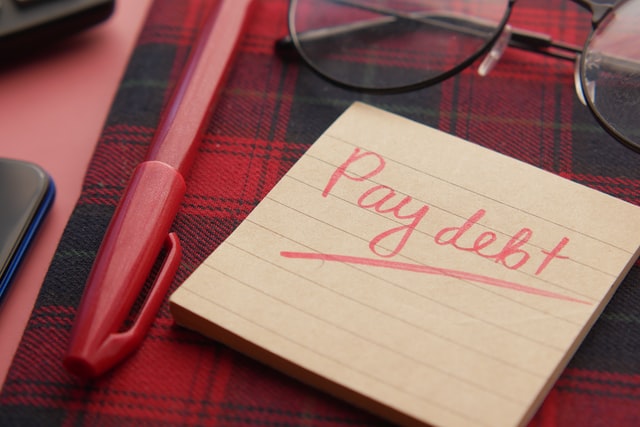Credit card balances account for approximately 30% of your total FICO score. Thus, reducing balances is a quick way to increase your credit score significantly. Attempt to keep balances below 25% of the credit limit. If you’re drowning in debt and are looking for ways to escape the debt train, I will break down 3 ways to pay off your debt in this blog.
Debt Snowball Method

First, the debt snowball method is used to pay down the smallest debt regardless of the interest rates. This includes all of your debts except a mortgage if it is applicable.
Pros:
- Builds financial confidence by allowing you to get win by paying down a low-balance debt in a short amount of time.
Cons:
- If your higher balance debt has the highest interest rates, you may pay more on your debts over time.
How to use this method:
Step 1: Order your debt from the smallest balance to the highest balance.
Step 2: Determine how much over the minimum balance you can afford to pay on your smallest balance debt using your budget.
Step 3: Pay the minimum on all of the remaining debt.
Step 4: Once you pay off the first low-balance debt, take the minimum balance from that debt, then add it to the minimum balance on your next debt.
Debt Avalanche Method

Second, the debt avalanche method takes a more aggressive approach by paying down the highest interest rate debt, regardless of the balance on the debt.
Pros:
- You save more money over time by getting ahead of the interest owed.
Cons:
- If you carry high balances on your high-interest rates debt, it may take longer to pay off and require discipline and consistency.
How to use this method:
Step 1: Organize your debt from the highest interest to the lowest interest rate (don’t worry about the balance).
Step 2: Calculate how much over the minimum balance you can afford to pay on your highest interest rate debt using your budget.
Step 3: Pay the minimum on all of the remaining debt.
Step 4: Once you pay off the first high-interest rate debt, take the minimum balance from that debt, then add it to the minimum balance on your next debt.
Debt Multiple Payment Method

Third, this method quickly pays down the balance and interest on your debt.
Pros:
- Pay down the balance and get ahead of the interest.
- You can combine this method with the Avalanche or Snowball Methods.
Con:
- Some lenders, such as car loans, may not allow you to pay more on your debt without a penalty. Be sure to read the terms of your contract or contact your lender for details on multiple payments.
How to use this method:
Step 1: First, either weekly or bi-weekly, determine how much you can afford to pay monthly over the minimum balance.
Step 2: Next, divide the monthly total by 2 or 4 and pay that amount each week or bi-weekly (be sure the final payment is made before the due date).
Lastly, I recommend the debt avalanche method with multiple payments because combined; you’ll save the most money if you carry a high balance and have high-interest rates.
If you carry low balances and low-interest rates on your debt, I recommend trying out the snowball method first.
Should you choose either of these methods, the key is to pay off your debt quickly to free up cash for your investments and retirement savings.
Buy Your E-Book: How to Budget: On ANY Income
